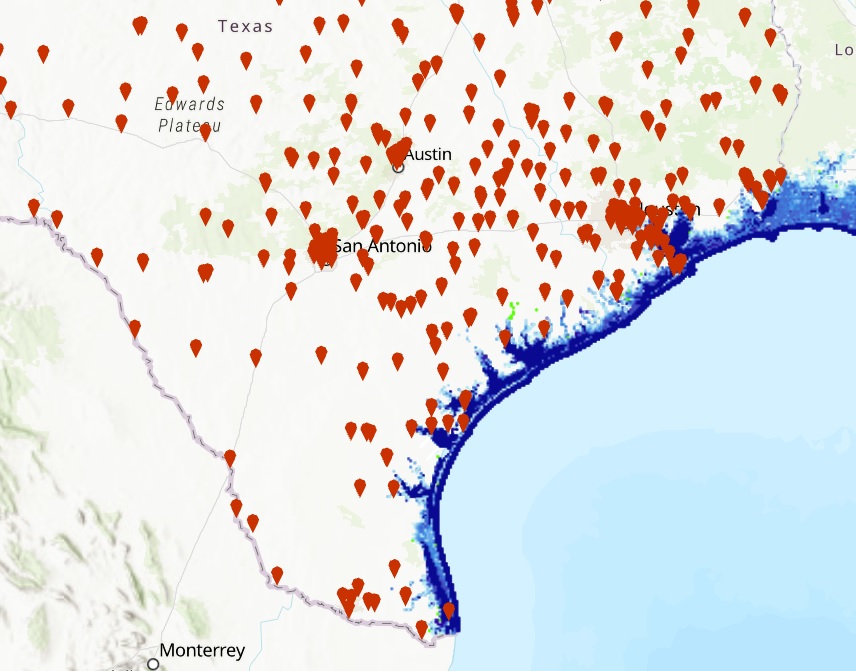This week, students in my Disaster Planning and Response course kicked off our fire unit with a visit to the Austin Fire Department training facility. Arson investigator Nick Ganci and firefighters set up a burn cell modeled after a small apartment, complete with drywall and furniture. Students then placed deaccessioned library books in various locations around the room. The fire began with a candle placed too close to a curtain. As the fire grew, we learned about the ways heat, air flow, construction techniques, and materials impacted its course. Once the fire was extinguished and the site was safe, we collected the books to bring back to the lab.
During our visit, Ganci introduced us to the fundamentals of firefighter training. He also discussed how his team uses physical evidence to evaluate likely scenarios about a fire’s origin and progression. This was a great opportunity for students to learn about communicating with first-responders and protecting cultural heritage collections.


Next week, the students will practice removing soot and ash from burned volumes by using a HEPA vacuum and soot sponges. With the context this hands-on experience provides, we’ll then practice making judgment calls about when to salvage and when to replace materials. This exercise underscores the importance of planning and prevention in managing fire risk.

Many thanks to Nick Ganci and the Austin Fire Department crew who so generously gave their time and good-naturedly answered our many questions! Also thanks to our book donors: Kate Slaten and Erin Tigelaar (who joined us for the event!) from the Brentwood Elementary School Library and Jeff Newberry from UT’s Collections Deposit Library.




